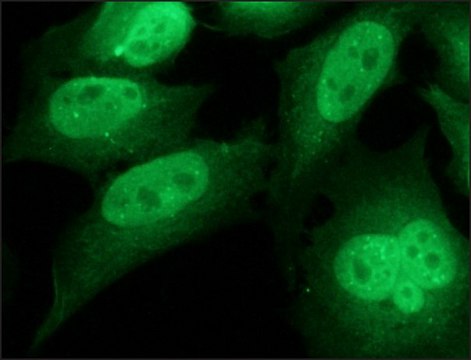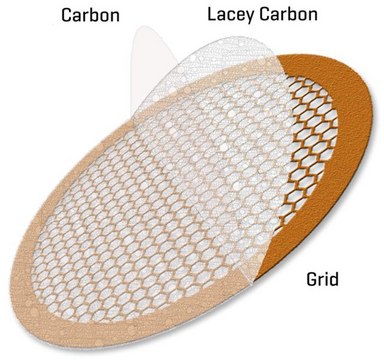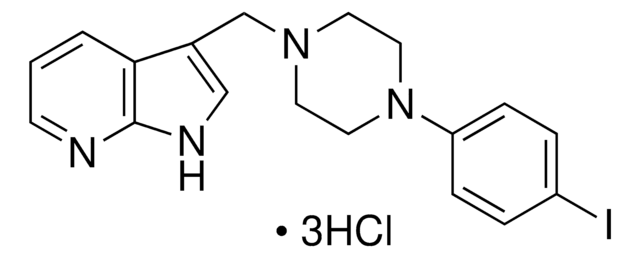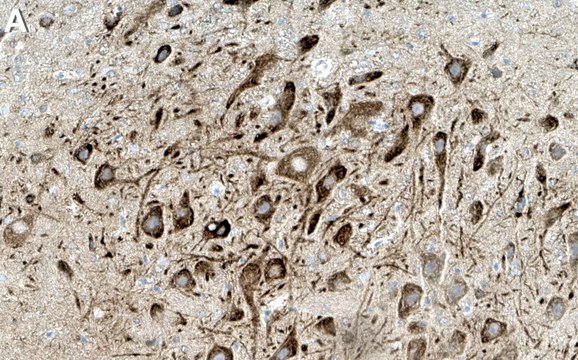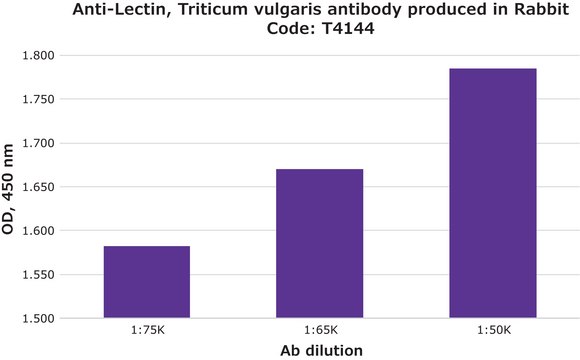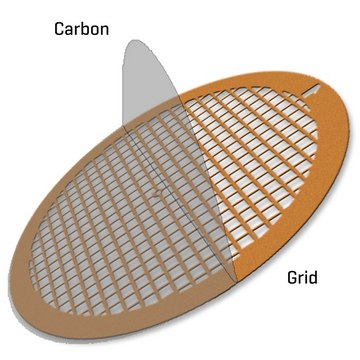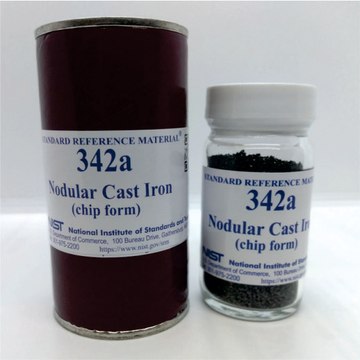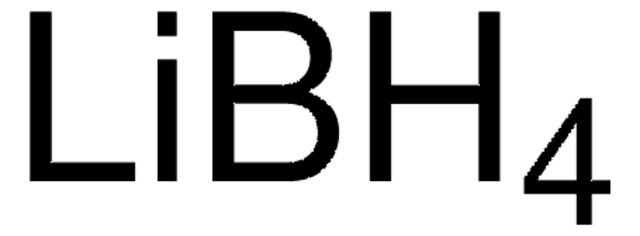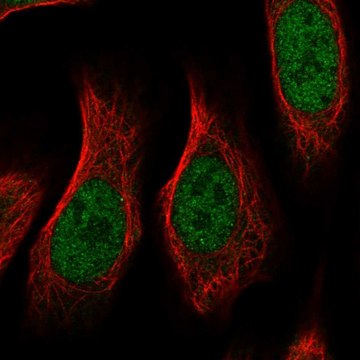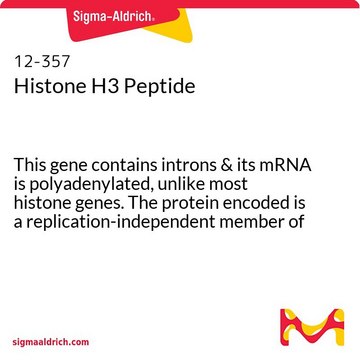J2253
Anti-phospho-c-Jun (pSer73) antibody produced in rabbit
affinity isolated antibody, buffered aqueous glycerol solution
Sign Into View Organizational & Contract Pricing
All Photos(1)
About This Item
Recommended Products
biological source
rabbit
Quality Level
conjugate
unconjugated
antibody form
affinity isolated antibody
antibody product type
primary antibodies
clone
polyclonal
form
buffered aqueous glycerol solution
species reactivity
mouse, human
technique(s)
microarray: suitable
western blot (chemiluminescent): 1:1,000 using extract of mouse NIH3T3 anisomycin or UV-treated cells
UniProt accession no.
shipped in
wet ice
storage temp.
−20°C
Gene Information
human ... JUN(3725)
mouse ... Jun(16476)
Specificity
The antibody does not react with non-phosphorylated c-Jun or JunD. It does react with the JunD phosphorylated at Ser100, a site conserved between c-Jun and JunD.
Immunogen
synthetic phosphoserine73 peptide corresponding to residues around Ser73 of human c-Jun, conjugated to KLH.
Application
Anti-phospho-c-Jun (pSer73) antibody produced in rabbit has been used in microarray analysis to identify the changes in the level of cellular proteins in cells inoculated with Equine influenza virus.
Biochem/physiol Actions
The protooncogene c-Jun encodes a member of the Jun family that forms a component of the transcription factor AP-1 (Activator Protein-1). It dimerizes with a member of the Fos family via the leucine-zipper motif to form AP-1, a factor involved in binding to TPA (12-O-tetradecanoylphorbol 13-acetate) response element (TRE) of various genes that include human collagenase, metallothionein IIa, stromelysin, interleukin 2, SV40 and polyoma. The dimers formed are involved in the activation of AP-1 dependent genes. AP-1 regulates the transcription of mammalian DDI (DNA-damage-inducible) genes.
Physical form
Solution in 10 mM sodium HEPES, pH 7.5, containing 150 mM sodium chloride, 100 μg/ml bovine serum albumin and 50% glycerol
Preparation Note
Purified using protein A and peptide affinity chromatography.
Disclaimer
Unless otherwise stated in our catalog or other company documentation accompanying the product(s), our products are intended for research use only and are not to be used for any other purpose, which includes but is not limited to, unauthorized commercial uses, in vitro diagnostic uses, ex vivo or in vivo therapeutic uses or any type of consumption or application to humans or animals.
Not finding the right product?
Try our Product Selector Tool.
Storage Class Code
10 - Combustible liquids
WGK
WGK 2
Flash Point(F)
Not applicable
Flash Point(C)
Not applicable
Regulatory Information
常规特殊物品
含少量动物源组分生物产品
Choose from one of the most recent versions:
Already Own This Product?
Find documentation for the products that you have recently purchased in the Document Library.
P Angel et al.
Cell, 55(5), 875-885 (1988-12-02)
Binding of the human transcription factor Jun/AP-1 to a conserved 8 bp nucleotide sequence (TRE) is responsible for increased transcription of different cellular genes in response to tumor promoters, such as TPA, and serum factors. Enhanced Jun/AP-1 activity in TPA-stimulated
Y Devary et al.
Molecular and cellular biology, 11(5), 2804-2811 (1991-05-01)
Exposure of mammalian cells to DNA-damaging agents leads to activation of a genetic response known as the UV response. Because several previously identified UV-inducible genes contain AP-1 binding sites within their promoters, we investigated the induction of AP-1 activity by
D A Brenner et al.
Nature, 337(6208), 661-663 (1989-02-16)
Tumour necrosis factor-alpha (TNF-alpha) is secreted by macrophages in response to inflammation, infection and cancer. Sublethal doses of recombinant TNF-alpha to rats causes cachexia, anaemia and inflammation. TNF-alpha plays a major part in tissue inflammation and remodelling by stimulating production
K Ryder et al.
Proceedings of the National Academy of Sciences of the United States of America, 86(5), 1500-1503 (1989-03-01)
The protooncogene c-jun encodes a component of the transcription factor AP-1. Both murine c-jun and a related gene (jun-B) are rapidly activated in BALB/c3T3 cells by serum growth factors. We report here the cloning and analysis of a cDNA encoding
The role of Jun, Fos and the AP-1 complex in cell-proliferation and transformation.
P Angel et al.
Biochimica et biophysica acta, 1072(2-3), 129-157 (1991-12-10)
Our team of scientists has experience in all areas of research including Life Science, Material Science, Chemical Synthesis, Chromatography, Analytical and many others.
Contact Technical Service